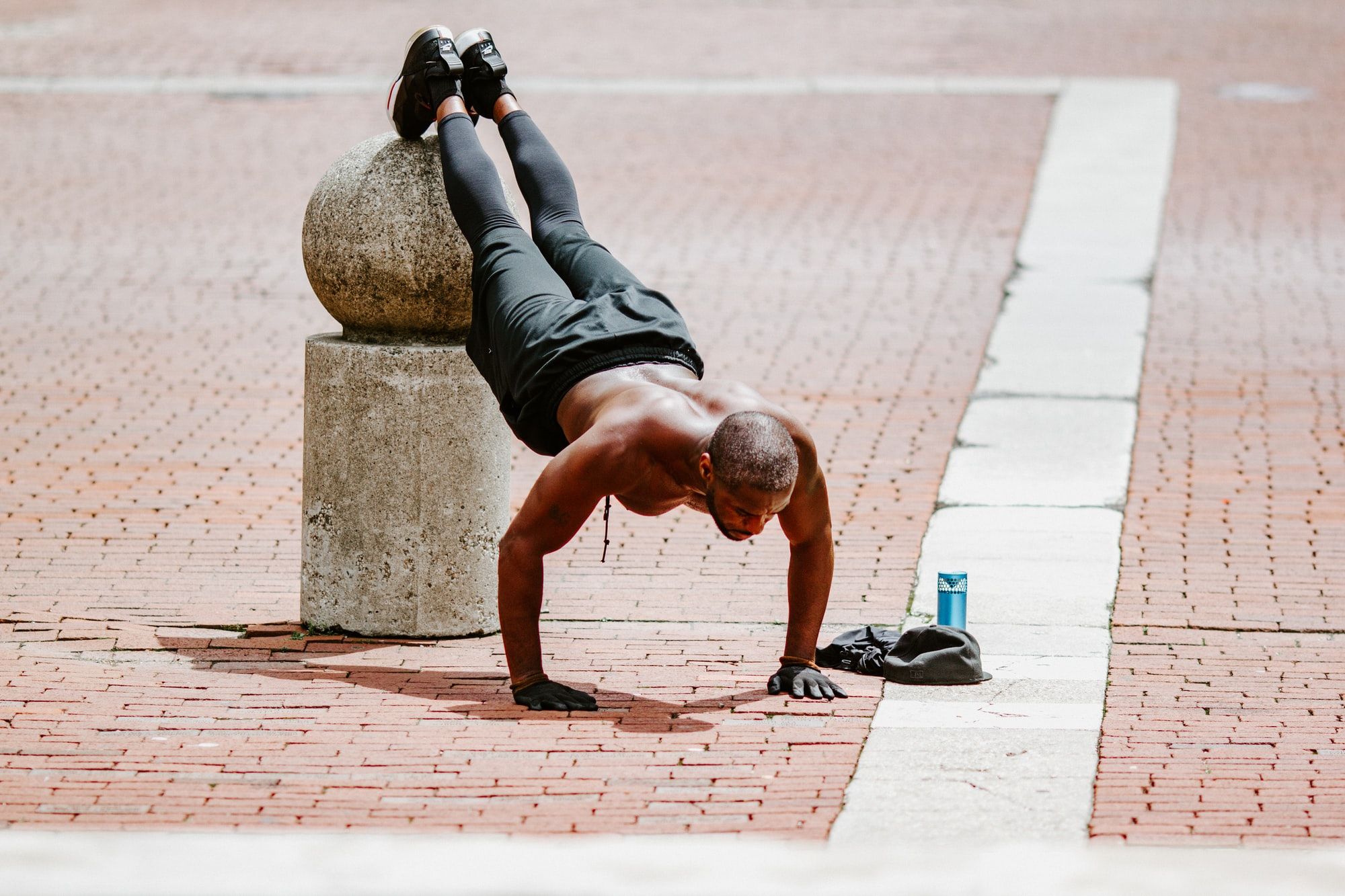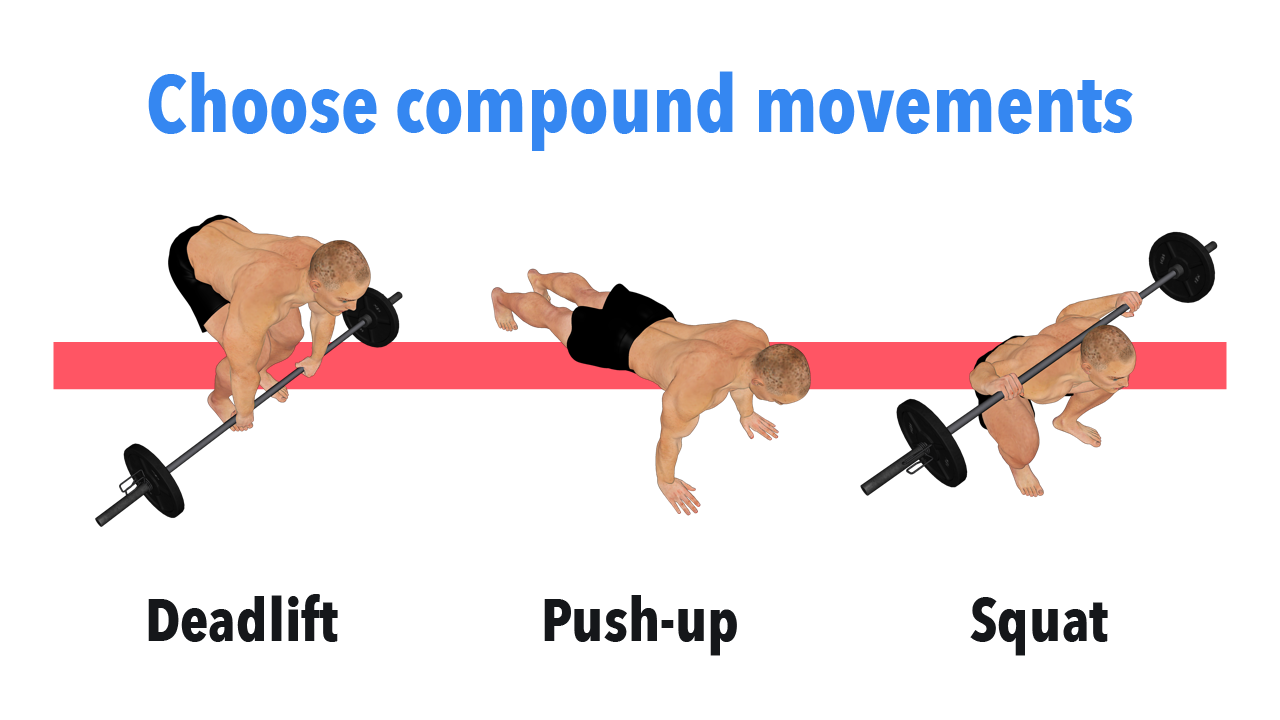Are Home Workouts Really Effective?

The authorization of a handful of COVID-19 vaccines globally offers us a glimpse of light at the end of the tunnel. ✨
Regardless. As promising as these developments are, there's undeniably still a long way to go before the vaccines' safety and efficacy are ensured–and then distributed to a large enough number of people.
In other words: we're unlikely to resume our 'normal lives' as they were before the pandemic struck. That means, for most of us, home workouts will continue to be the only way to break a sweat and practice safe social distancing.
And if you've found yourself away from the gym for so long … You may be getting worried. Are you losing all your pre-pandemic gains? What if you come out of this pandemic looking like a blob?
Are home workouts as effective as the gym?
I'll be honest. This is a tricky question–and you're probably going to hate my answer, but here it is, anyway: it depends. Why? Because there are too many factors to consider.
And a large part of it has to do with the fact that you're limited by the equipment you have. For example, it's going to be difficult for you to challenge your legs with 10 kg dumbbells (when that's all you have at home) when you're used to squatting 100 kg in the gym. That said, though, just because it's challenging doesn't mean it's impossible.
Why? Because studies have found that no matter your training history, you can make comparable muscle gains by using either lighter loads (i.e. bodyweight or limited weights) or heavier weights (i.e. in the gym).
However, there is a catch to this. And if you've been paying attention–there was a hint in the previous paragraph–you'd know that it is none other than ensuring that you're stimulating your muscle groups sufficiently. How, though? Well, there are a few tricks; let's explore them below.
Making the most of your sessions at home
#1 – Push to near-failure for every single working set
Are you barely breaking a sweat from your bodyweight squats? That's a sure sign that you're not pushing yourself quite hard enough–and will, consequently, not build as much muscle gain as you would in the gym (assuming that you are pushing hard in the gym, of course).
So, here's what you should aim to do for every single working set during your home workouts … Push to near failure. If you stop way before your failure point (i.e. you still have 20+ more reps in the tank), you'll fail to activate all the motor units of your muscles fully.
Meaning that you wouldn't be able to see the same amount of hypertrophy as you would with heavier weights. The takeaway from this? You should be grunting and making ugly faces nearing the end of your set.
Take a video of yourself if you have to.
#2 – Get creative on ways to progressively overload
Ok, so the tip 'push to near failure' sounds great and all–but what if you're only ugly grunting after 80 reps of bodyweight squats? Or 100 reps of pushups? Anyone can tell that this isn't the most time-efficient way of training. Nor the most enjoyable.
If this is the case for you, you should look into ways to progressively overload a movement.
Don't have weights? How about filling up a backpack with your heaviest books and squatting with it? Unilateral exercises (e.g. the Bulgarian split squats) are another great way of further challenging your muscle groups. Bonus: these can also help you identify and fix muscle imbalances!
#3 – Place more emphasis on compound movements
One of the best things you can do to build muscle at home during your workouts when you have no (or minimal) equipment is to focus on compound movements. As you probably already know … these are multi-joint movements that work several muscles or muscle groups simultaneously.
Great examples include deadlifts, squats, lunges, and pushups.

Because compound exercises help target multiple muscle groups at once, you not only get in a full-body workout in less time but also enjoy cardiovascular benefits (your heart rate will be elevated throughout). An incredibly beneficial aspect, especially if your goal with home workouts is to lose weight.
Of course, another reason you should emphasize compound movements is functional: there aren't many isolation exercises you can do with no equipment at home!
#4 – Make use of periodization
So, you've got the basics down … You're pushing close to failure, finding new ways to progressively overload, and programming in compound exercises whenever possible. How can you take your at home workout results to the next level? There is a way.
And it's something called training periodization–the organization of your long-term training plan into blocks that each focus on a specific skill, which, consequently, varies in training volume and intensity.
While we have published an in-depth article on this advanced training technique (which you should definitely check out btw), here's what you should do. Implement a weekly undulating periodization for your at home workouts.
Doing so can help you create mechanical stress and metabolic stress, which are both key factors to hypertrophy. Better yet, periodization can also help you break through strength plateaus, so don't be surprised when you smash every one of your PRs when the gyms reopen!
Getting bored of doing the same old exercises?
You can be honest with me. Are you running out of ideas for suitable exercises to include in your home workouts for maximum progress?
I mean–there are only so many ways you can position your hands for bodyweight pushups, right? If you're nodding away, then there's something that'll help you stay consistent and motivated for your home workouts: the GymStreak app.
With our massive–and I mean massive!–collection of exercises (with or without equipment), you'll never find yourself despairing over doing the same few exercises over and over again, week after week. I'll see you on the other side.
Get GymStreakReferences
Gentil, P., Soares, S., & Bottaro, M. (2015). Single vs. Multi-Joint Resistance Exercises: Effects on Muscle Strength and Hypertrophy. Asian Journal of Sports Medicine, 6(2). https://doi.org/10.5812/asjsm.24057
Krzysztofik, M., Wilk, M., Wojdała, G., & Gołaś, A. (2019). Maximizing Muscle Hypertrophy: A Systematic Review of Advanced Resistance Training Techniques and Methods. International Journal of Environmental Research and Public Health, 16(24). https://doi.org/10.3390/ijerph16244897
Monteiro, A. G., Aoki, M. S., Evangelista, A. L., Alveno, D. A., Monteiro, G. A., Piçarro, I. da C., & Ugrinowitsch, C. (2009). Nonlinear periodization maximizes strength gains in split resistance training routines. Journal of Strength and Conditioning Research, 23(4), 1321–1326. https://doi.org/10.1519/JSC.0b013e3181a00f96
Nóbrega, S. R., Ugrinowitsch, C., Pintanel, L., Barcelos, C., & Libardi, C. A. (2018). Effect of Resistance Training to Muscle Failure vs. Volitional Interruption at High- and Low-Intensities on Muscle Mass and Strength. The Journal of Strength & Conditioning Research, 32(1), 162–169. https://doi.org/10.1519/JSC.0000000000001787
Progression Models in Resistance Training for Healthy Adults. (2009). Medicine & Science in Sports & Exercise, 41(3), 687–708. https://doi.org/10.1249/MSS.0b013e3181915670

